When it comes to the history of communism in Romania, few figures spark as much debate as Nicolae Ceausescu. His reign, filled with oppression and economic turmoil, left an indelible mark on the nation. The dramatic events of the 1989 revolution culminated in his arrest and a hastily conducted trial that ended with his execution at the Museum of Communism. This site not only symbolizes the fall of a dictator but also raises questions about the legacy of totalitarianism. So, what does this dark chapter mean for Romania today, and how does it shape the current political landscape?
This experience made our list of the 15 Best Historical Tours In Bucharest.
Good To Know
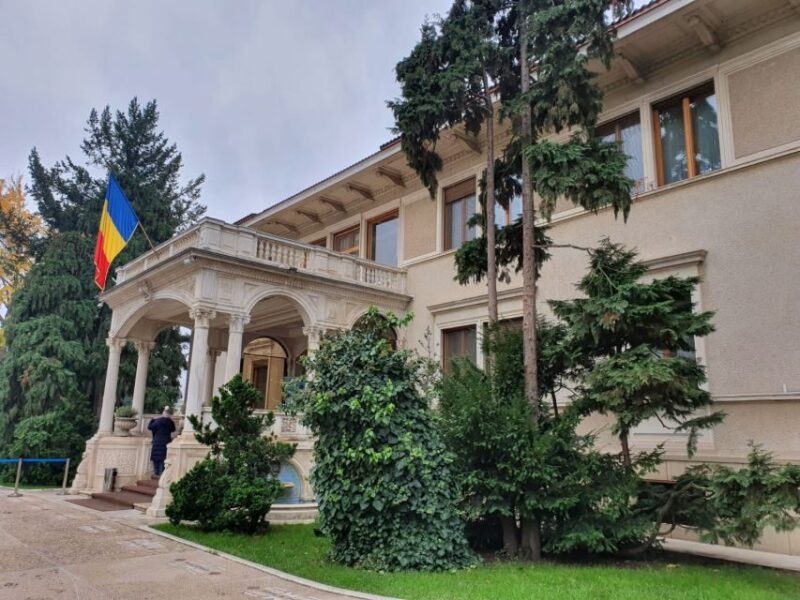
- Communism in Romania lasted from post-WWII until 1989, marked by severe repression and economic hardships under Nicolae Ceausescu’s rule.
- Ceausescu’s regime was characterized by a cult of personality, strict control over citizens, and brutal tactics to suppress dissent.
- The Romanian Revolution of 1989 was fueled by public discontent, leading to widespread protests and military defections against Ceausescu’s government.
- Nicolae and Elena Ceausescu were tried and executed on December 25, 1989, for genocide and economic sabotage in a rapid court proceeding.
- The Museum of Communism, the site of their trial and execution, symbolizes the end of a totalitarian regime and reflects Romania’s historical struggles.
Overview of Communism in Romania

Communism in Romania, marked by a unique blend of ideology and authoritarianism, shaped the country from the end of World War II until the dramatic fall of the regime in 1989.
Under this system, the government controlled nearly every aspect of life, pushing for industrialization while squashing dissent. Citizens faced severe restrictions on personal freedoms, with the secret police keeping a close watch.
The regime’s opulence, especially highlighted by the colossal Palace of Parliament, stood in stark contrast to the everyday struggles of the people. While some Romanians initially supported the promises of equality and progress, the reality soon became one of poverty and repression.
Ultimately, the dissatisfaction fueled a revolution that led to the regime’s collapse, marking a new chapter in Romanian history.
You can also read our reviews of more historical tours in Bucharest
Nicolae Ceausescu’s Rise to Power
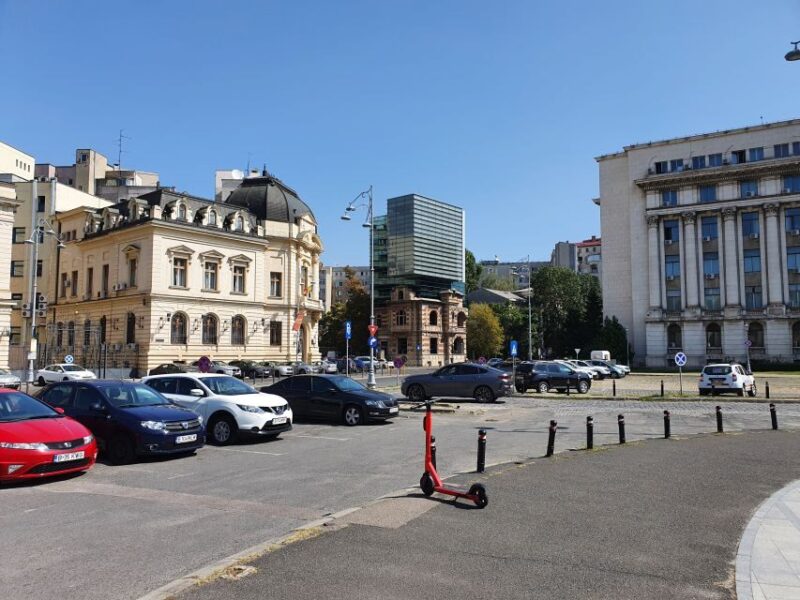
After the dust settled from the Romanian Revolution, it was clear how deeply Nicolae Ceausescu’s rise to power had altered the country’s landscape.
Starting as a loyal supporter of the communist regime, he quickly climbed the ranks by aligning himself with key party leaders. By 1965, he became the General Secretary of the Romanian Communist Party.
Ceausescu’s charisma and cunning won him favor, but it was his ruthless tactics that really solidified his grip on power. He promoted a cult of personality, presenting himself as the nation’s savior while suppressing dissent.
Under his rule, Romania’s economy and society transformed dramatically, but not without significant repression. His ascent marked a pivotal shift, setting the stage for years of turmoil and eventual downfall.
Life Under Ceausescu’s Regime
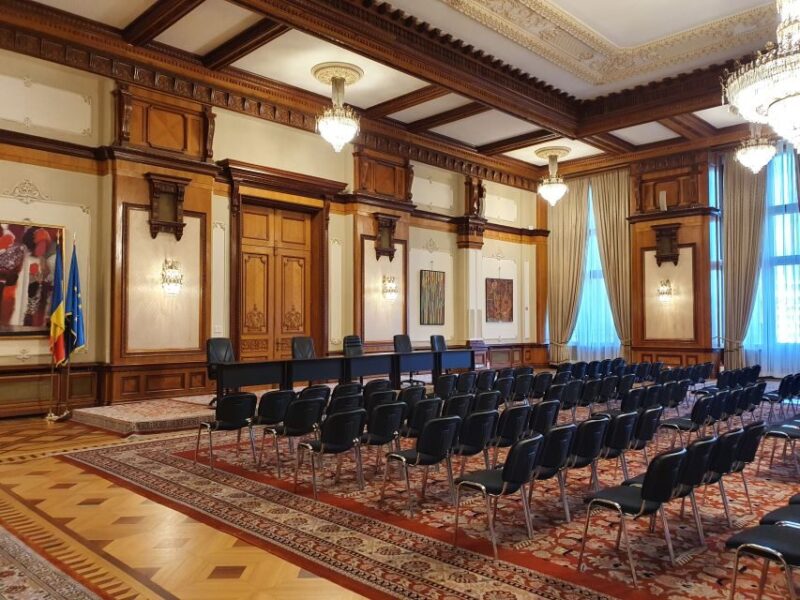
Life under Ceausescu’s regime was marked by a chilling blend of oppression and propaganda. The Romanian people grappled with severe restrictions on their freedom while the government pushed a narrative of prosperity and strength.
Life was tough, and the regime’s tactics were relentless. Key aspects included:
-
Surveillance: The Securitate, Ceausescu’s secret police, monitored citizens closely, instilling fear and paranoia.
-
Rationing: Basic goods like food and fuel were scarce, with long lines and strict quotas becoming the norm.
-
Cult of Personality: Ceausescu’s image dominated public life, with grandiose displays of loyalty forced upon the populace.
Despite the oppressive atmosphere, many found ways to resist quietly, holding onto hope for a brighter future beyond the regime’s grasp.
The Romanian Revolution of 1989
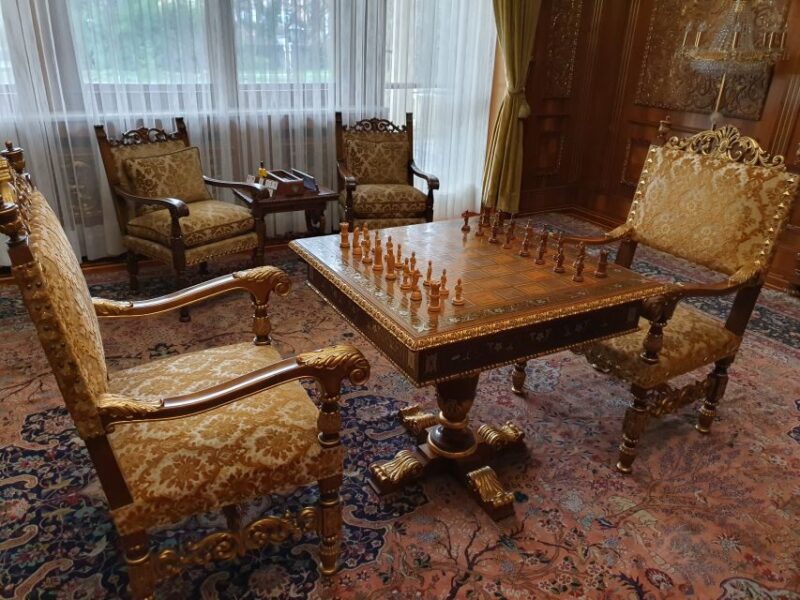
Throughout late 1989, tensions in Romania reached a boiling point, leading to a dramatic uprising against Nicolae Ceaușescu’s oppressive regime.
Citizens, fed up with years of hardship and repression, took to the streets, demanding change. In December, protests erupted in cities like Timișoara and Bucharest, fueled by a growing desire for freedom and a better life.
The government’s brutal crackdown only intensified the resolve of the revolutionaries. As crowds swelled, the military began to defect, siding with the people.
More Great Tours NearbyThe Trial of Nicolae Ceausescu
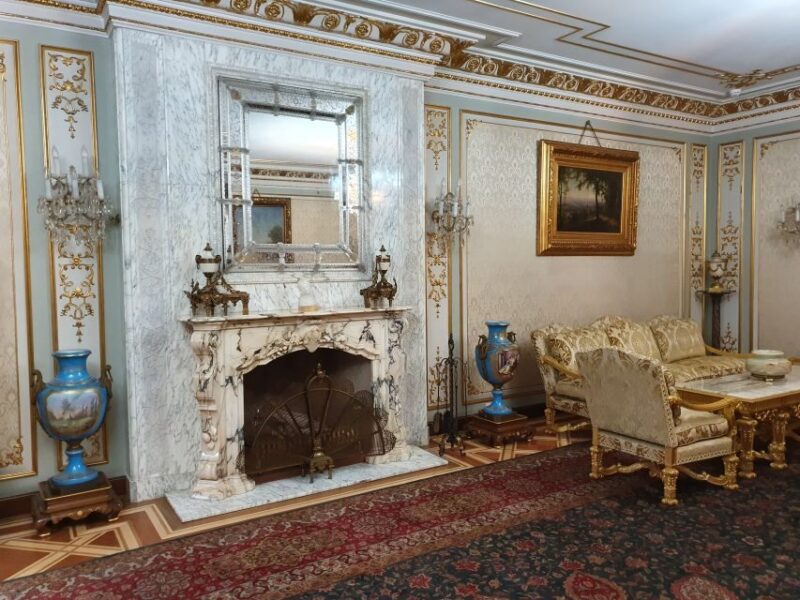
Following the collapse of Nicolae Ceaușescu’s regime during the Romanian Revolution, the need for accountability became pressing.
The trial of Ceaușescu and his wife, Elena, was a rapid and controversial affair. Here are three key points about this historic event:
-
Speedy Proceedings: The trial took place on December 25, 1989, just a few days after their arrest, leaving little room for defense.
-
Serious Charges: They faced multiple charges, including genocide and economic sabotage, highlighting the regime’s brutality.
-
Swift Sentencing: Within hours, the court found them guilty and sentenced them to death, which shocked many observers.
This trial aimed to establish justice for the Romanian people and put an end to the oppressive regime that had plagued the country for decades.
- Bucharest to Dracula Castle, Peles Castle and Brasov Guided Tour
- Draculas Castle, Peles Castle and Brasov Day Trip From Bucharest
- Transylvania and Dracula Castle Full Day Tour From Bucharest
- Small-Group Day Trip to Draculas Castle, Brasov and Peles Castle From Bucharest
- Bohemian Bucharest Markets and Mahallas Traditional Food Tour
- Draculas Castle, Brasov and Peles Full-Day Tour From Bucharest
Execution Site: Museum of Communism
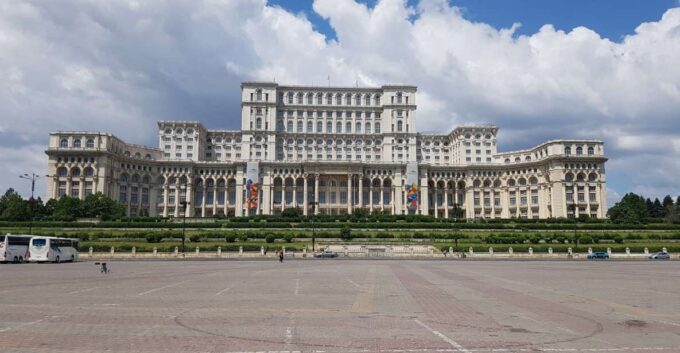
On December 25, 1989, the Museum of Communism became an iconic site, marking the grim end of Nicolae and Elena Ceaușescu‘s reign. This location holds a heavy significance, as it was here that the couple faced their trial and subsequent execution.
Visitors often find the atmosphere haunting, as the museum reflects the stark realities of life under a totalitarian regime. Inside, exhibits showcase Romania’s turbulent history, revealing the stark contrast between opulence and oppression.
Guided tours provide fascinating insights into the events leading up to their downfall, making it a must-visit for anyone looking to understand this pivotal moment in Romanian history. The museum stands as a reminder of a past that shaped the nation’s present.
Legacy of Ceausescu’s Rule
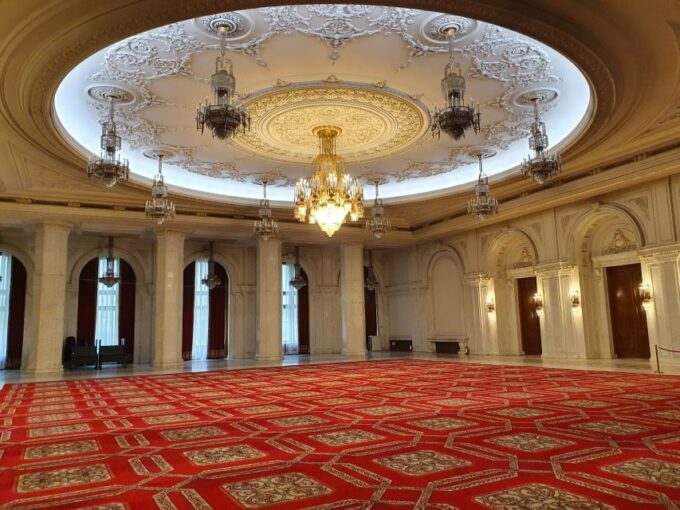
The execution of Nicolae and Elena Ceaușescu at the Museum of Communism marked not just the end of their rule but also left behind a complex legacy that still resonates in Romania today.
Their reign is often viewed through three main lenses:
-
Economic Impact: Ceausescu’s policies led to severe shortages and economic decline, leaving many Romanians struggling.
-
Cultural Repression: The regime stifled artistic expression and freedom of speech, creating a generation wary of government control.
-
Political Consequences: His authoritarian rule sparked a revolution, shaping Romania’s transition to democracy and influencing its future path.
Today, these elements contribute to ongoing discussions about Romania’s identity and the lessons learned from a turbulent past.
Impact on Modern Romania
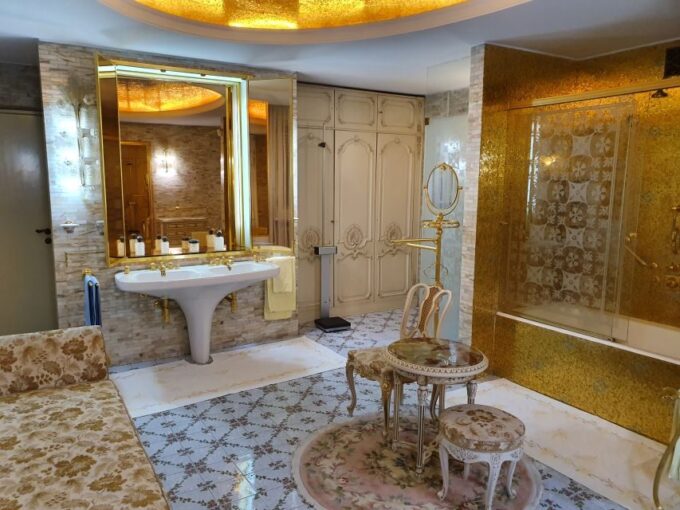
Communism’s shadow looms large over modern Romania, shaping its political landscape and societal values in profound ways. The remnants of Ceausescu’s regime still echo through contemporary governance, where mistrust in authority persists.
Politically, the struggle between old communist ideologies and new democratic aspirations creates a complex atmosphere. Economically, the transition to capitalism has seen both growth and hardship, as many grapple with the legacy of state control.
Socially, there’s a vibrant mix of nostalgia for the past and a drive for progress, reflected in the arts and public discourse. Romanians continue to confront their history, ensuring that the lessons learned from the communist era guide their path forward, shaping a nation that embraces both its scars and its hopes.
Frequently Asked Questions
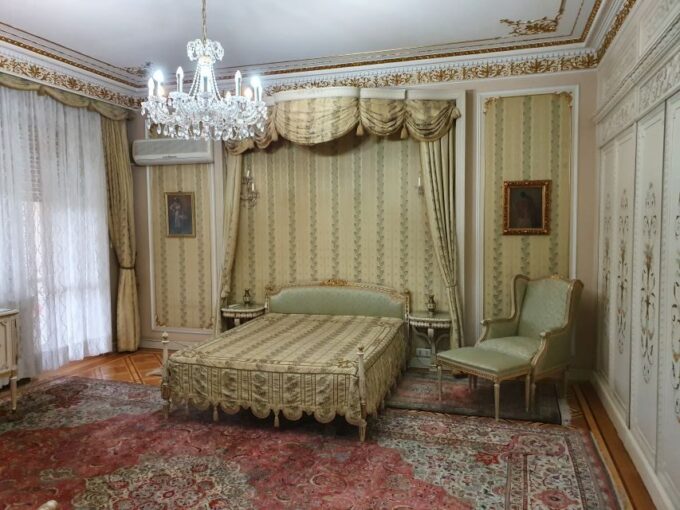
What Were the Living Conditions Like During Ceausescu’s Regime?
During Ceausescu’s regime, people faced harsh living conditions. They dealt with food shortages, constant surveillance, and propaganda. Many lived in fear while the government prioritized luxury for itself, showcasing a stark divide between rulers and citizens.
How Did Ceausescu’s Policies Affect Romania’s Economy?
Ceausescu’s policies crippled Romania’s economy. He prioritized heavy industry and agriculture, ignoring consumer needs, which led to shortages, inflation, and a decline in living standards. Citizens struggled daily, feeling the weight of mismanagement and repression.
What Was the Public’s Perception of Ceausescu Before the Revolution?
Before the revolution, many Romanians admired Ceausescu for his nationalism and infrastructure projects. However, as discontent grew due to economic struggles and oppressive policies, public perception shifted dramatically, leading to widespread protests and eventual upheaval.
Were There Any Other Key Figures in Ceausescu’s Government?
Ceausescu’s government included key figures like Ion Iliescu and Emil Bobu, who played significant roles in decision-making. They supported his policies, contributing to the regime’s oppressive nature, which ultimately led to widespread discontent and revolution.
How Has Romania Changed Since the Fall of Communism?
Since the fall of communism, Romania’s transformed dramatically. It’s embraced democracy, witnessed economic growth, and fostered cultural revival. The lively cities buzz with new energy, showcasing a vibrant mix of tradition and modernity that’s captivating everyone.
The Sum Up
Ceausescu’s brutal regime left a deep mark on Romania, shaping its journey toward democracy. His execution at the Museum of Communism stands as a stark reminder of the fight against totalitarianism. While the scars of that past still linger, Romania’s resilience shines through as it embraces freedom and modernity. The lessons learned from that turbulent era continue to guide the nation, ensuring that the struggles of the past aren’t forgotten and that democracy thrives.
You can check availability for your dates here:More Historical Tours in Bucharest
- Bucharest Historical Food Tour in Old Center
- Sweet Delights History and Desserts Walking Tour in Bucharest
- Transylvania Heritage Tour at Peles Bran and Cantacuzino Castles
- Private 9-Day Transylvania and Bucovina UNESCO Tour in Historical Romania
- Explore Bucharest: Beer & History Tour
- Bucharest: Jewish Heritage Private Walking Tour (group of 8)
More Tour Reviews in Bucharest
- Bucharest: Tour of Christmas traditions & decorations
- Private tour to Transfgran – Top Gear Road
- Private One-way Transfer Bucharest Airport to Hotel or vice versa
- Bears and Dracula Private Full-Day Tour from Bucharest
- Full-Day Private Tour of Bucharest and Mogosoaia Palace
- Salt Mine, Lunch at Wine Cellar and Dracula’ s Tomb – Small group
Not for you? Here's more nearby things to do in Bucharest we have reviewed
- Bucharest: Tour of Christmas traditions & decorations
- Private tour to Transfgran – Top Gear Road
- Private One-way Transfer Bucharest Airport to Hotel or vice versa
- Bears and Dracula Private Full-Day Tour from Bucharest
- Full-Day Private Tour of Bucharest and Mogosoaia Palace
- Salt Mine, Lunch at Wine Cellar and Dracula’ s Tomb – Small group
- Tuk Tuk Best of Bucharest Tour – SpecTukular!
- Private Movie Castles at Peles, Cantacuzino and Bran Castle Tour
- Bulgaria – Ivanovo Rock-Hewn, Hiking at Hotnitsa & Veliko Tarnovo
- Bear Watching in Transylvania 2-Day Tour
- Wine Tasting in Bucharest long version
- Bucharest Otopeni Airport private departure transfer (Hotel to Airport)
